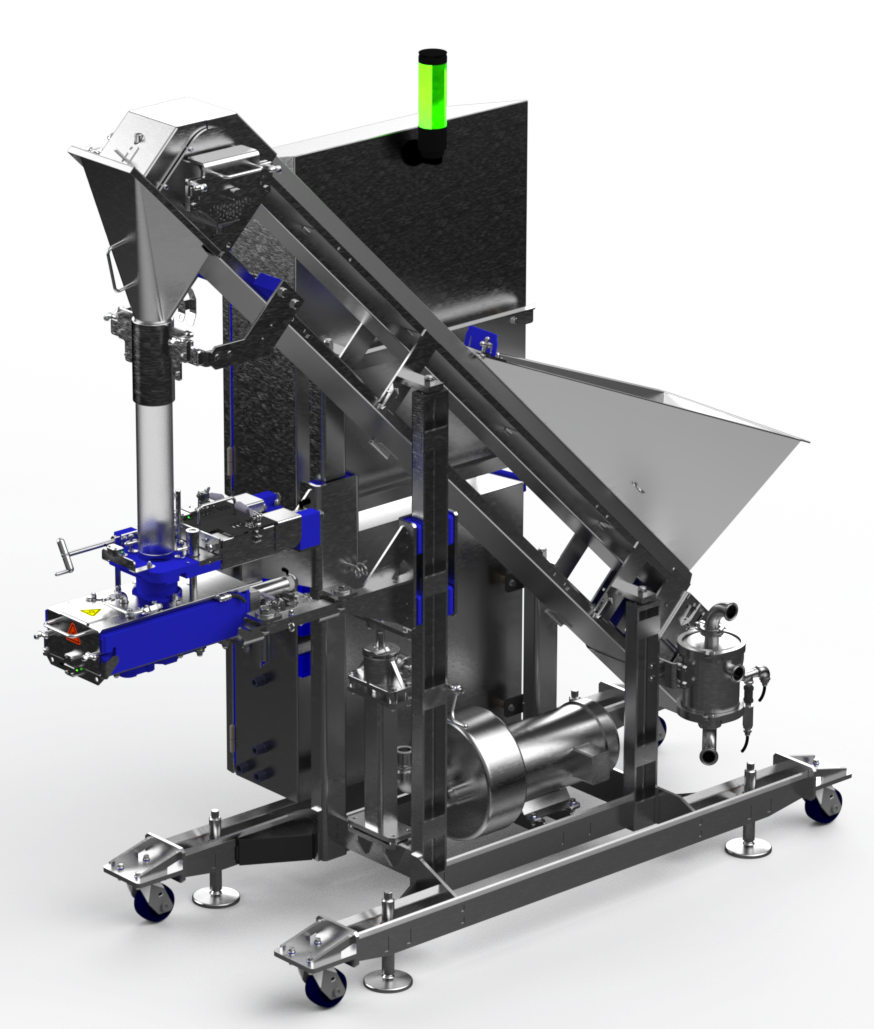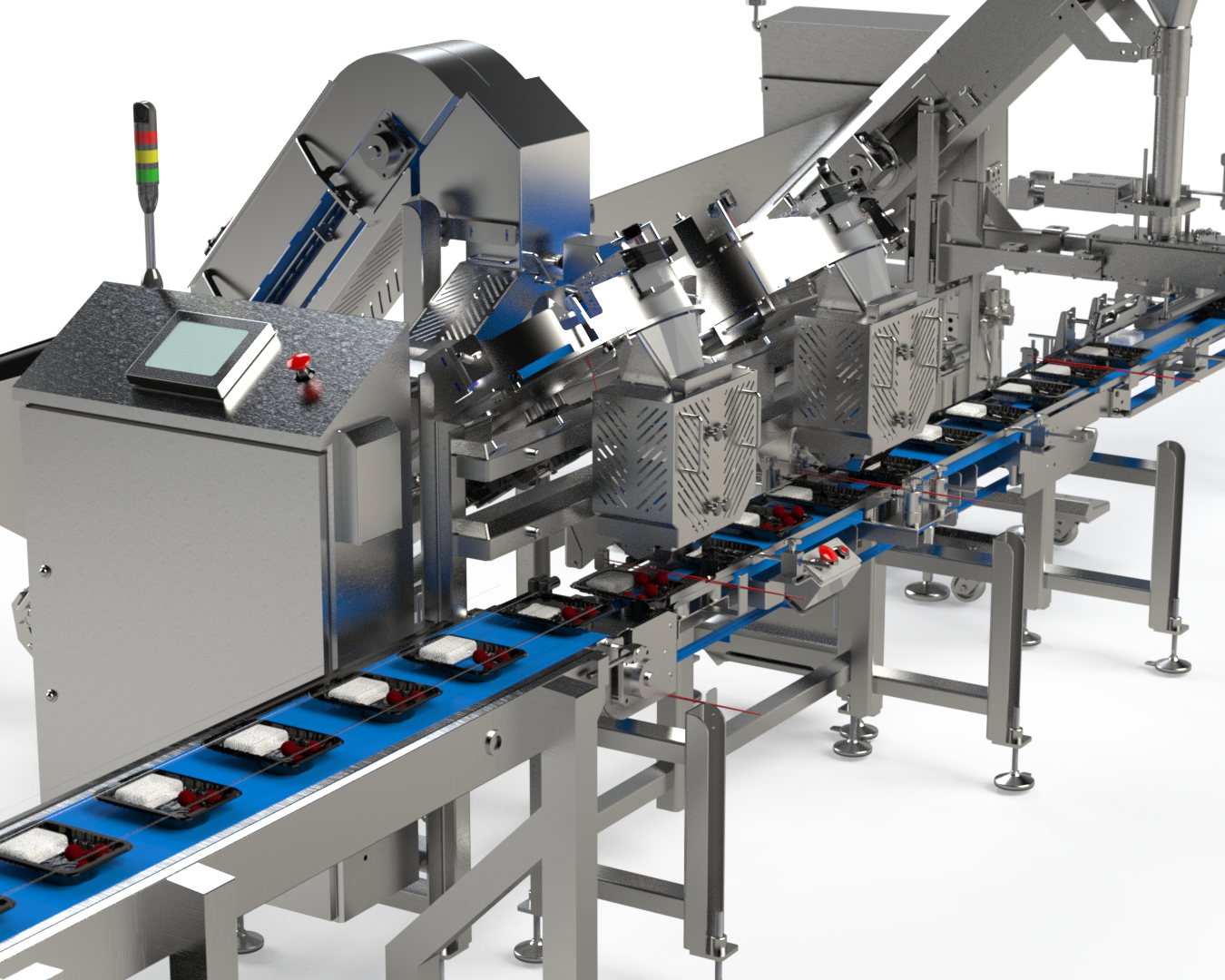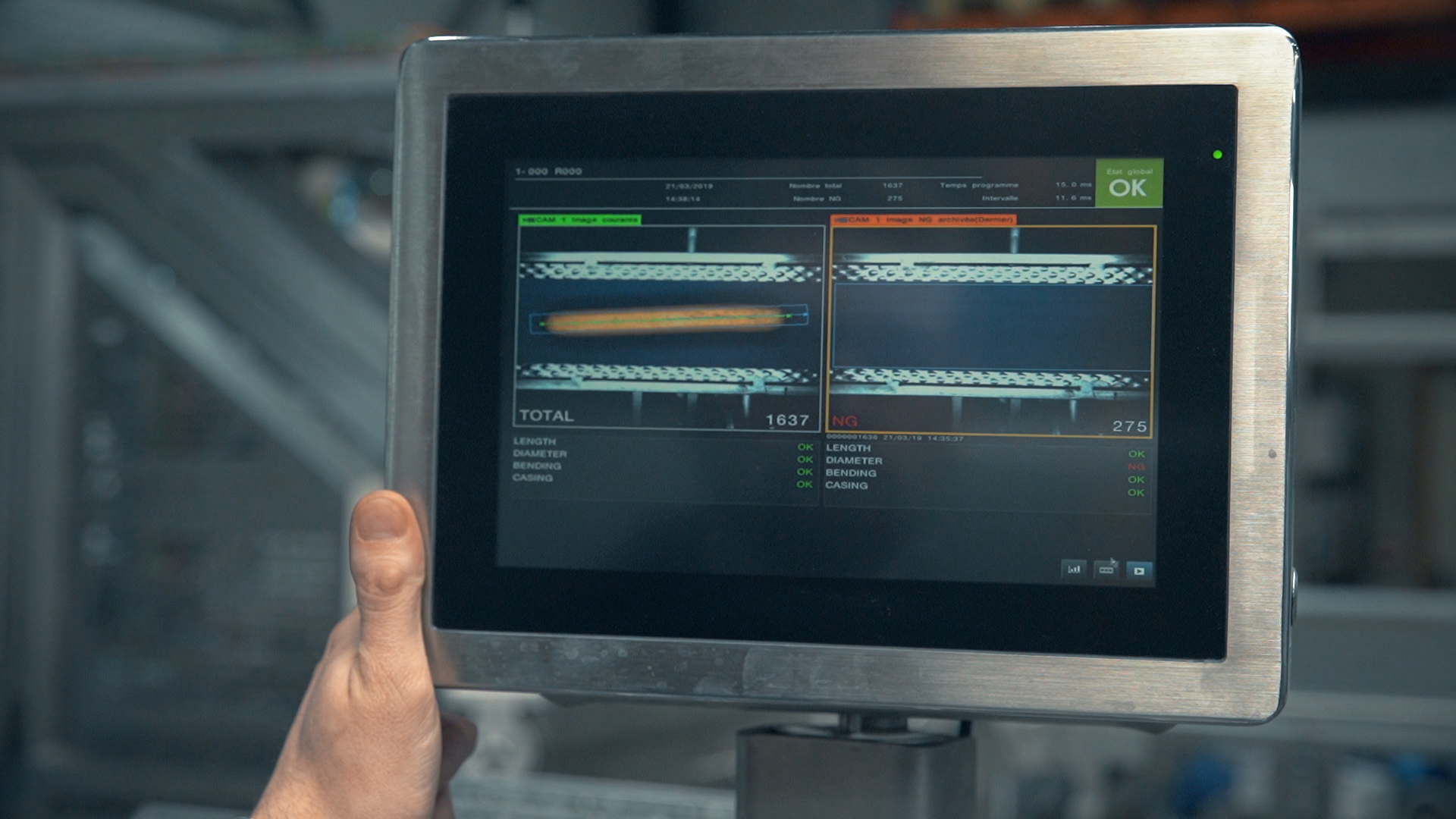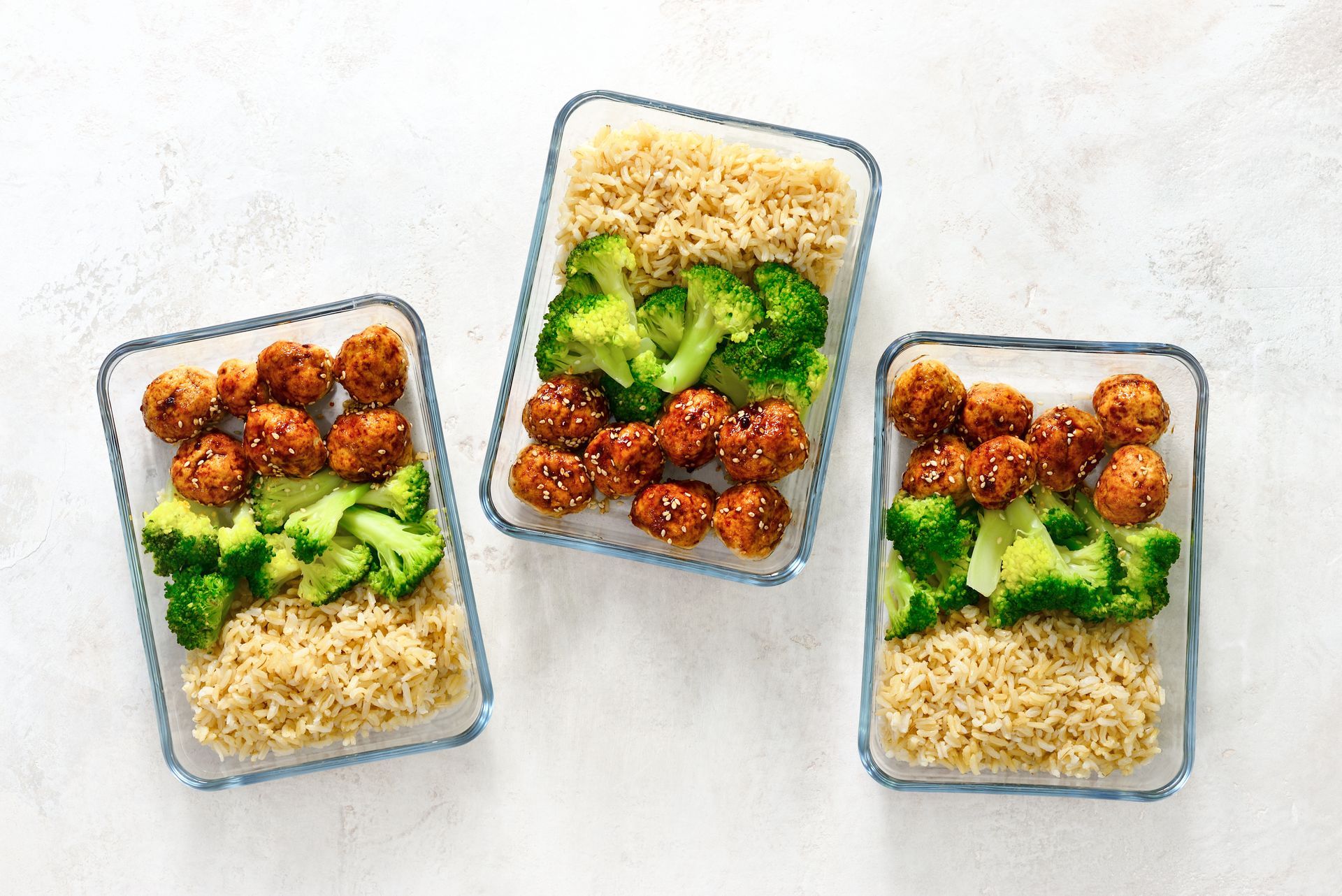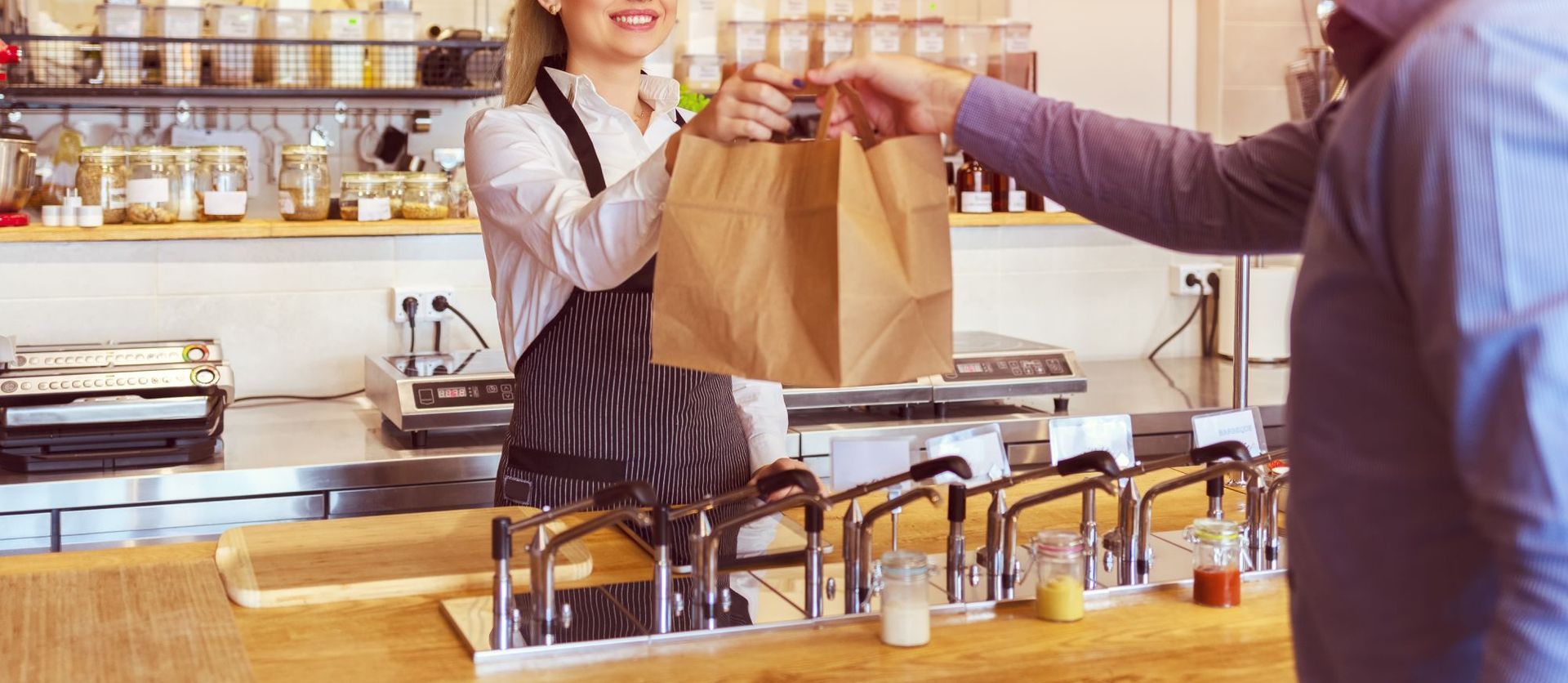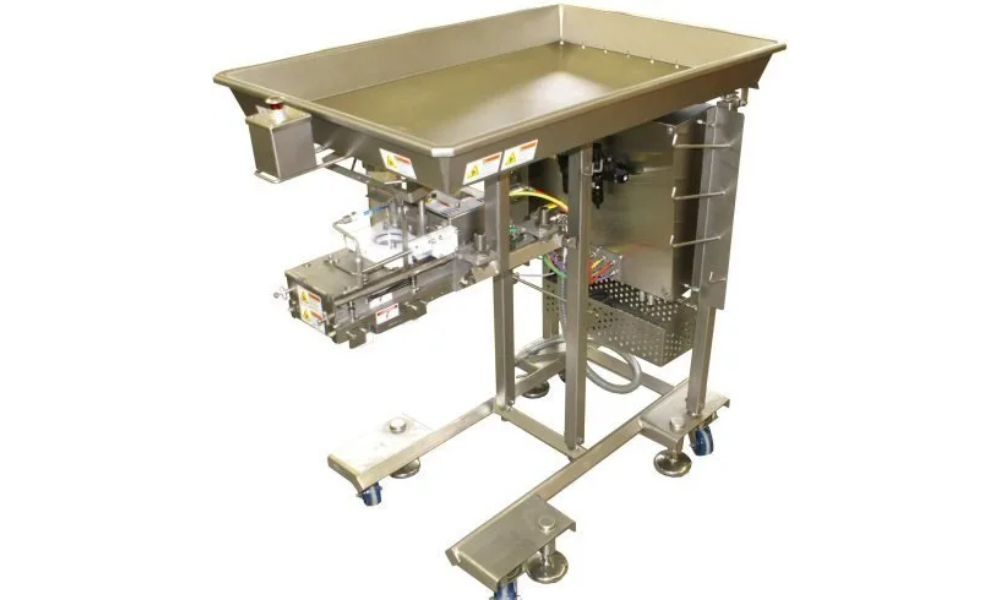The solution? A machine that can gently but efficiently fill spiral pasta without sticking or jamming.
Key Points
- Spiral noodles are consumer favorites due to their unique shapes and ability to pair well with various sauces and ingredients in packaged meals.
- Popular spiral pasta varieties like fusilli, cavatappi, and rotini are ideal for dishes such as pasta salads, baked pastas, and meals with creamy or tomato-based sauces.
- Cooked spiral noodles pose challenges in food processing due to their high surface area and tendency to stick or break during filling.
- Multi-Fill’s volumetric fillers are designed to handle soft, cooked spiral pasta gently and efficiently, ensuring consistent filling without damage.
- Flexibility is key: Multi-Fill’s machines can accommodate various pasta shapes, including bow tie pasta, tube-shaped pasta like cavatappi, and even angel hair pasta.
- Efficient and easy to clean, Multi-Fill’s machines feature innovative designs, such as tool-free disassembly of filling heads, to streamline maintenance and sanitation.
- Investing in specialized filling equipment allows manufacturers to meet consumer demand for high-quality spiral noodle meals while maximizing productivity and minimizing waste.
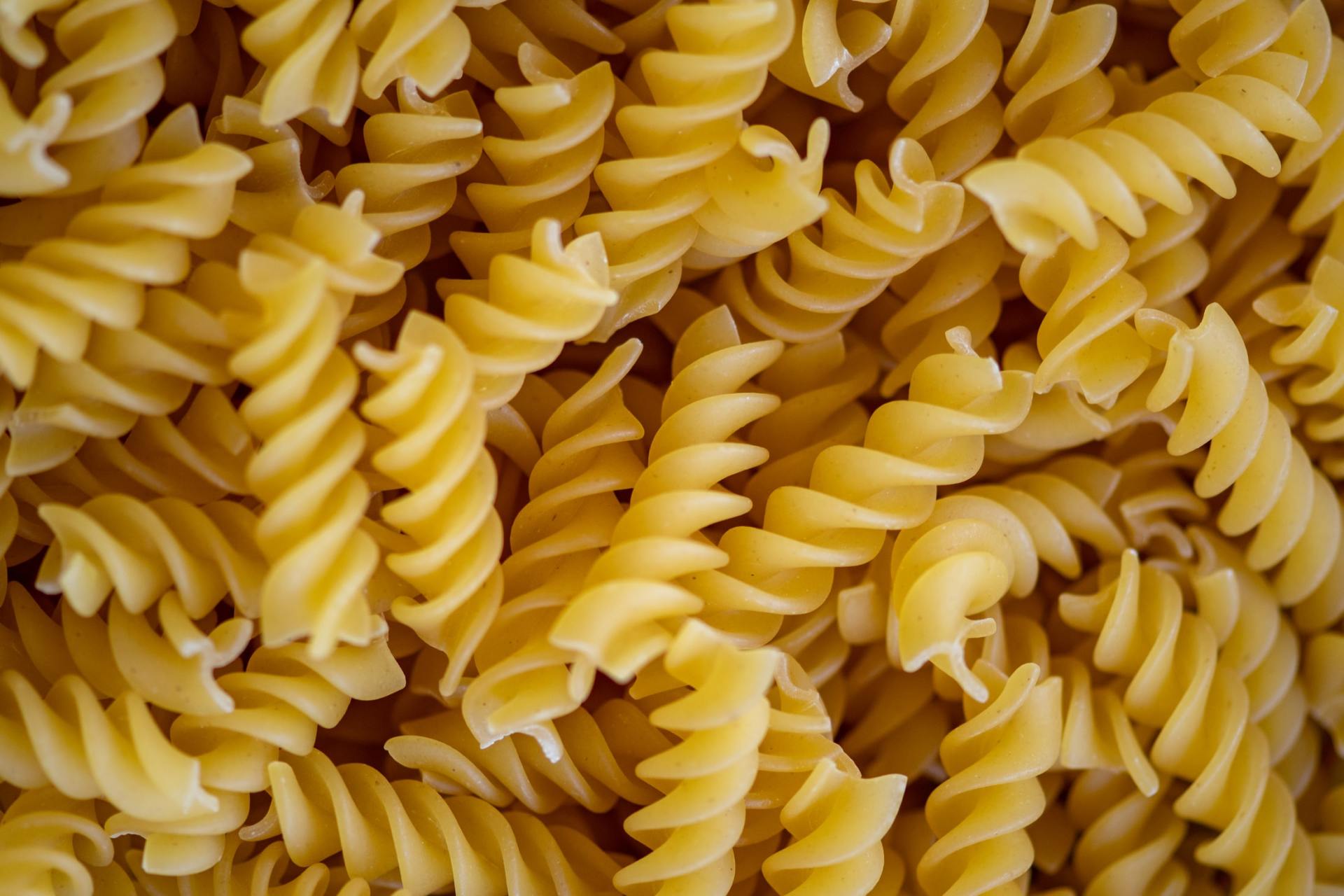
Italian cuisine is one of the most popular in the world, and pasta ranks among the top ingredients in packaged meals. There are dozens of varieties of pasta available, but spiral noodles have emerged as the ideal choice for packaged meals – they’re easy to eat, not too long or small, and provide a satisfying texture.
Unfortunately, due to its high surface area, cooked spiral pasta tends to stick and jam in most food processing machines. This problem is compounded by the fact that the American eaters prefer their pasta softer than consumers in other countries – when food manufacturers cook their spiral noodles longer, they tend to break inside the filling machines, resulting in an unappealing final presentation.
The solution? A machine that can gently but efficiently fill spiral pasta without sticking or jamming. Multi-Fill has the volumetric fillers your company needs to produce more of the spiral noodle meals that consumers demand at a lower cost.
The Popularity of Spiral Noodles in Packaged Meals
Spiral noodles are a staple in packaged meals, thanks to their ability to hold sauces and blend seamlessly with a variety of ingredients. Some of the most popular types of spiral pasta include:
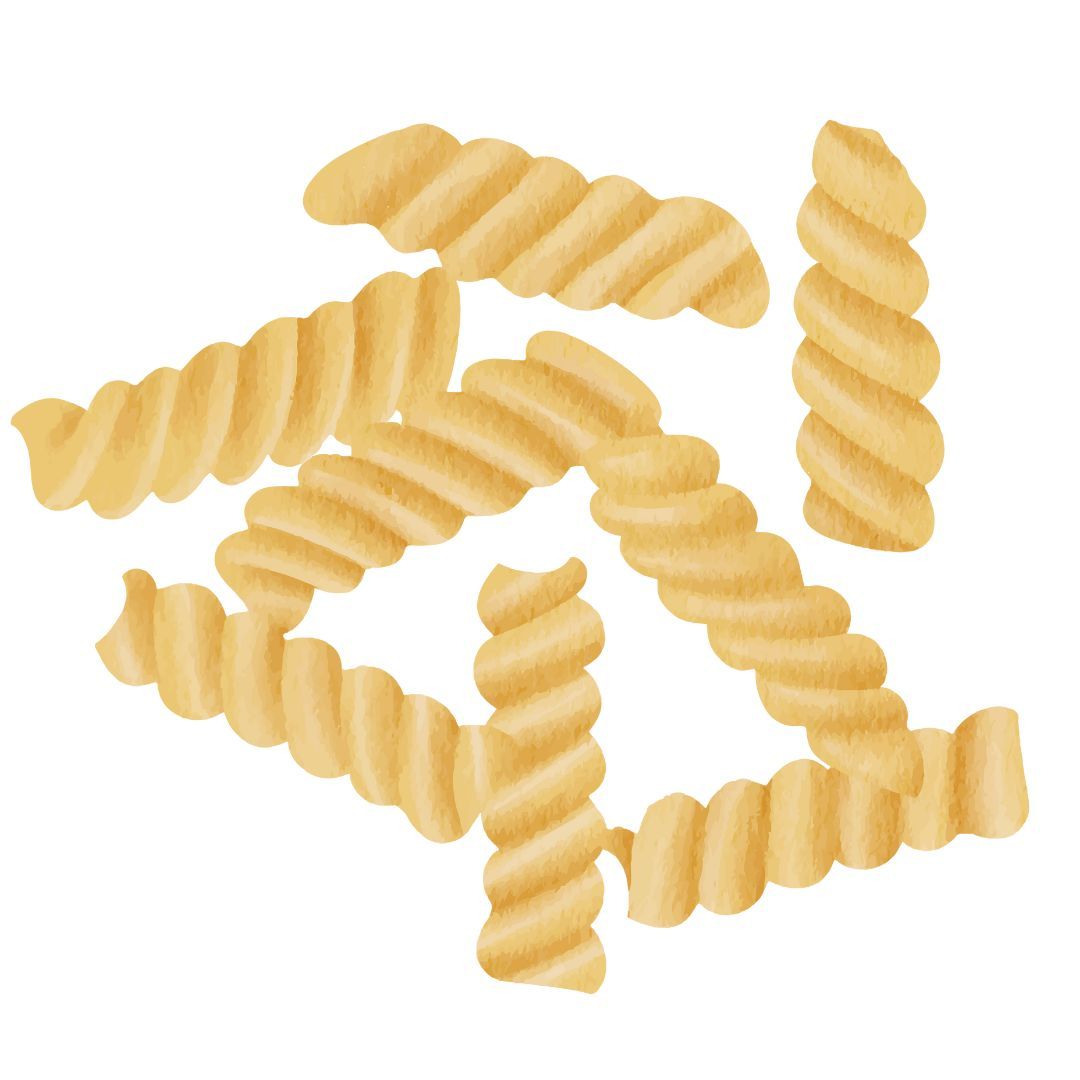
Fusilli/Rotini: Short, corkscrew-shaped pasta that works perfectly with meat sauces, tomato sauces, and even multicolored pasta salads. Rotini pasta, as it’s commonly called in the U.S., is a favorite for its versatility (source).

Cavatappi: This tube-shaped, spiral pasta pairs exceptionally well with cream sauces and baked dishes like macaroni and cheese, thanks to its ability to hold onto thick sauces (source).

Gemelli: A denser, twisted pasta shape that holds sauces well and works beautifully in pasta recipes focused on both flavor and presentation.
These pasta shapes have become household favorites in pasta salads, pasta dishes, and recipes featuring cream or olive oil-based sauces. Their appeal lies in their ability to make meals feel hearty, satisfying, and visually appealing.
Pasta vs. Other Food Types: Unique Considerations
When it comes to packaged meals, pasta stands out for its versatility and consumer appeal, but it also requires special attention compared to other common food types like rice, chopped vegetables, and shredded meats. Here’s how pasta differs and why it needs specialized equipment:
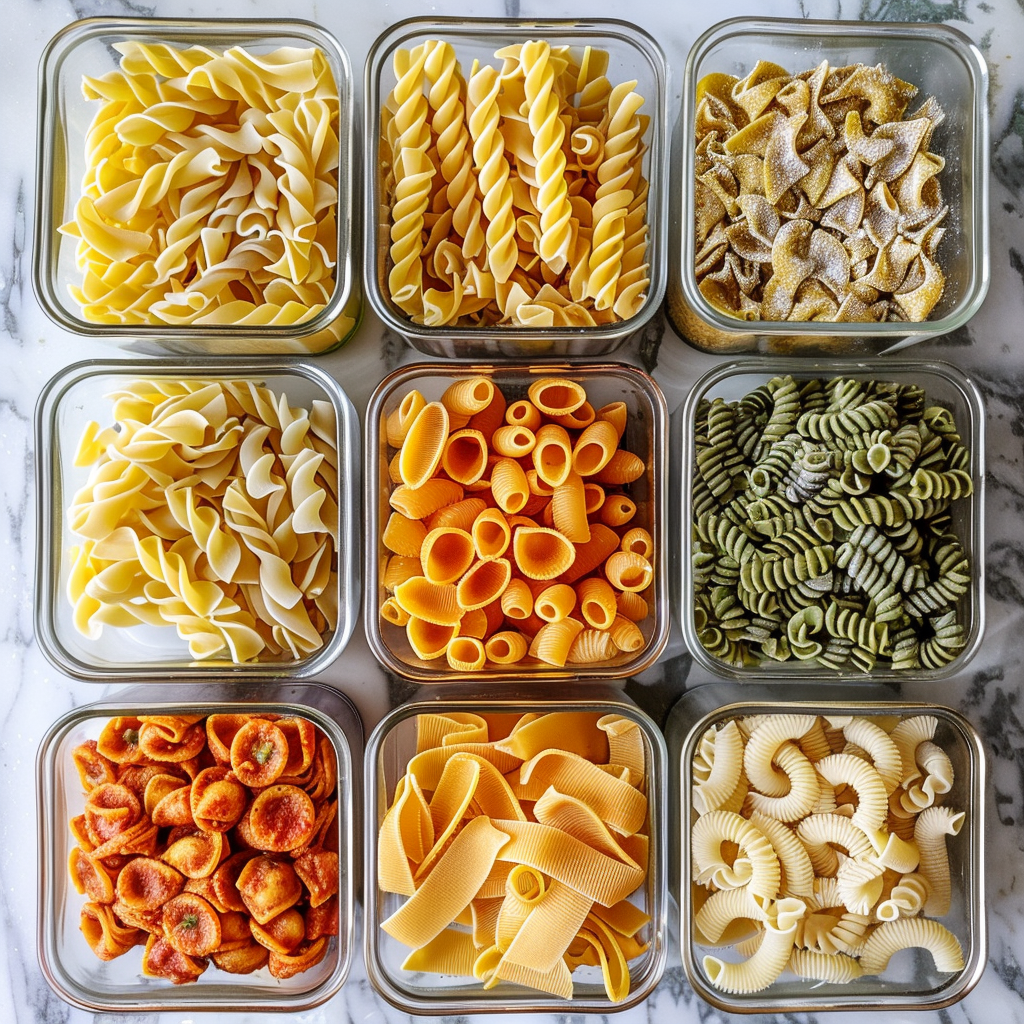
Pasta: Spiral noodles, such as fusilli, rotini, and cavatappi, are prized for their ability to hold sauces and provide satisfying textures in dishes like baked pastas and pasta salads. However, their soft texture and high surface area make them prone to sticking and breaking during filling. Specialized volumetric fillers ensure gentle handling to maintain the integrity of each noodle.
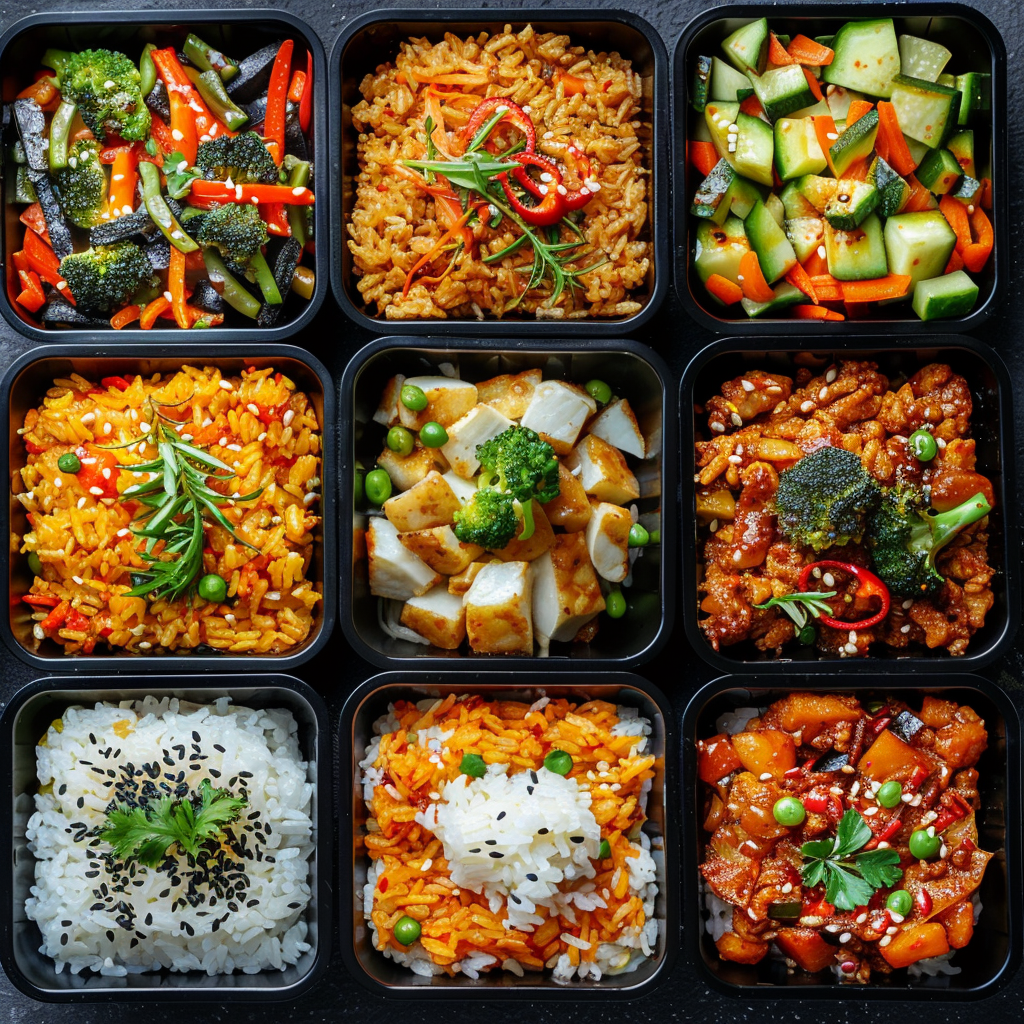
Rice: A staple in many global cuisines, rice is often paired with lighter sauces or proteins. Its granular structure allows for easier flow during processing, but ensuring precise portioning can be challenging, especially when rice is sticky or overcooked.
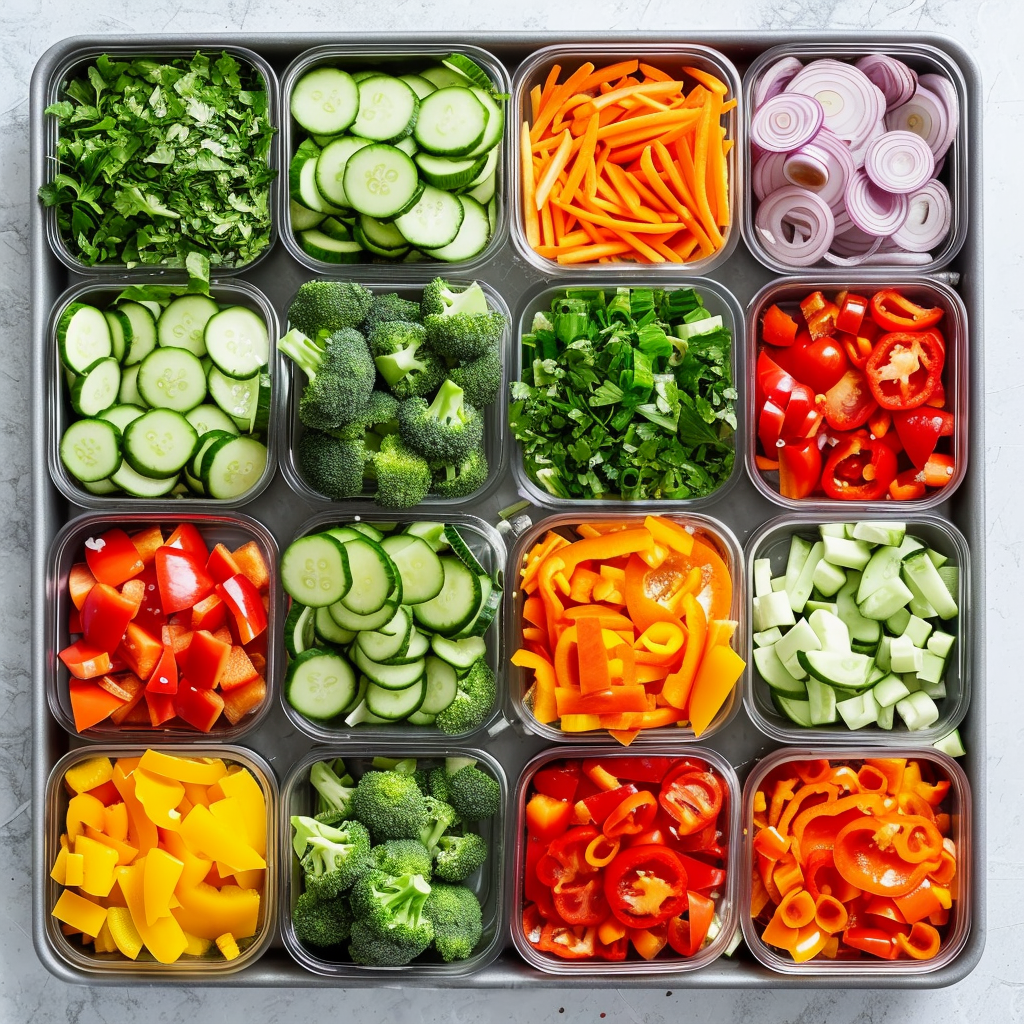
Chopped Vegetables: Whether adding color to pasta dishes or serving as the star in plant-based meals, vegetables bring variety but come with irregular shapes and textures. Soft, delicate items like diced tomatoes and firmer vegetables like carrots require adjustable equipment to handle different densities without damaging the product.
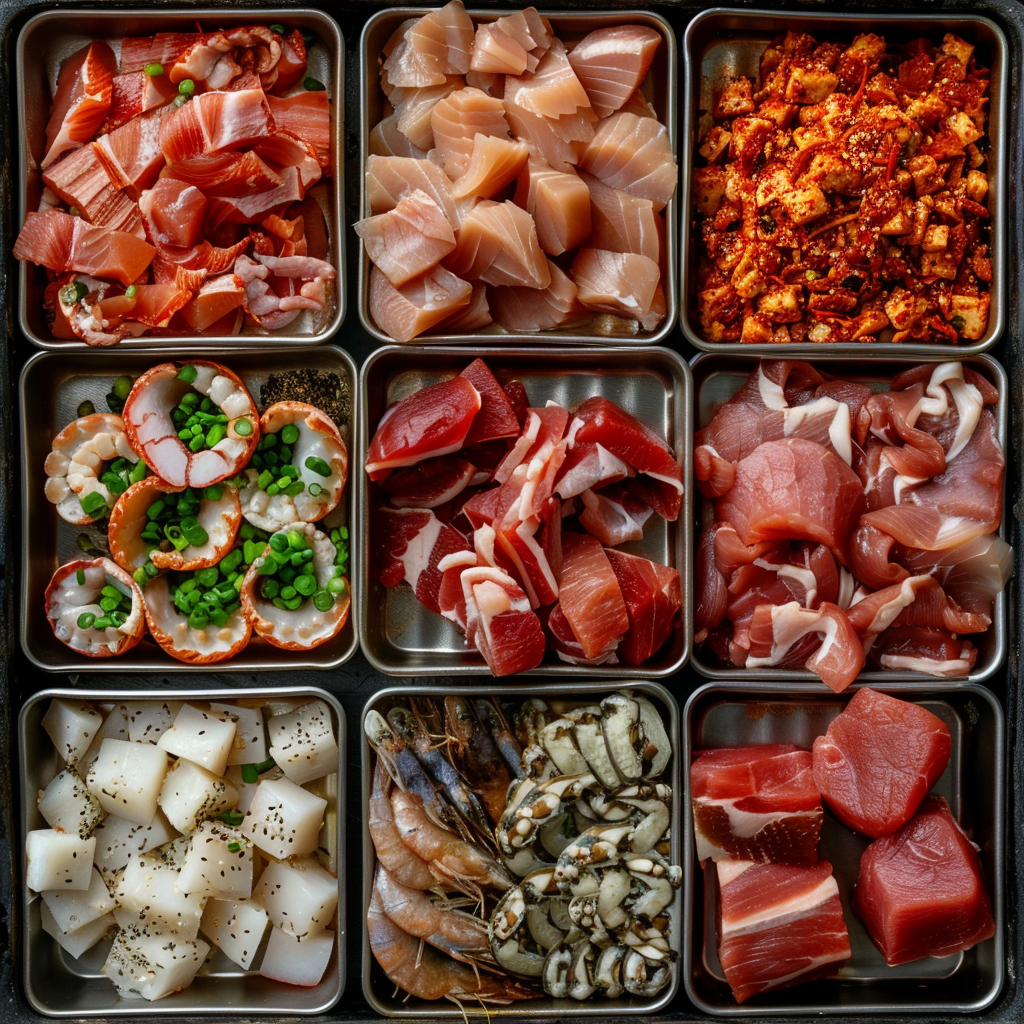
Shredded Meats: Shredded chicken, pork, or beef is a popular protein choice in ready-made meals, offering flavor and texture. However, its fibrous nature and tendency to clump make even portioning difficult. Machines must separate and distribute shredded meats evenly for visually appealing and consistent servings.
While other food types each present their own challenges, pasta is unique in its need for both gentle handling and precision to avoid breakage and sticking. Multi-Fill’s volumetric fillers are designed with these considerations in mind, ensuring soft, cooked spiral noodles are packaged perfectly every time—alongside rice, vegetables, or meats, if needed.
The Role of Food Filling Machines
To overcome these challenges, Multi-Fill’s volumetric food filling machines are designed to handle delicate pasta shapes efficiently, maintaining both quality and productivity. Here’s why they’re the ideal solution for your factory line:
Gentle Filling Mechanisms: Machines like our MPFSC-120 Automatic Pocket Filler can package up to 120 containers per minute, filling soft, cooked spiral pasta without breaking or damaging the noodles.
Adaptability: Our equipment can handle a wide range of pasta shapes and sizes, including bow tie pasta, tube-shaped pasta like cavatappi, and even angel hair pasta.
Ease of Cleaning and Maintenance: The filling head on our machines can be quickly disassembled without tools, making it simple to clean and sanitize. This is especially crucial when dealing with sticky or oily pasta coated in cream sauces or tomato-based sauces.
Incorporating Spiral Pasta into Packaged Meals
Spiral noodles open the door to a variety of pasta recipes that appeal to modern consumers. Popular applications include:
Pasta Salads: Rotini pasta tossed with olive oil, fresh vegetables, and herbs is a staple in chilled packaged meals (source).
Baked Pastas: Cavatappi or macaroni are ideal for creamy baked dishes like macaroni and cheese, offering a comforting meal that’s perfect for frozen dinners.
Sauce-Heavy Dishes: Spiral noodles like fusilli are perfect for pairing with rich meat sauces or lighter tomato sauces, creating meals that are hearty yet easy to eat.
Equipping your factory line for spiral noodles means more than just meeting production demands – it means embracing innovation to deliver the quality meals your customers love. With Multi-Fill’s volumetric food filling machines, you can handle even the softest, most delicate spiral noodles without compromising on efficiency or quality.
For more information about our machines, call 801-280-1570 or visit us online. Let’s revolutionize your pasta packaging line together.
Designing a food filling line: Product is king
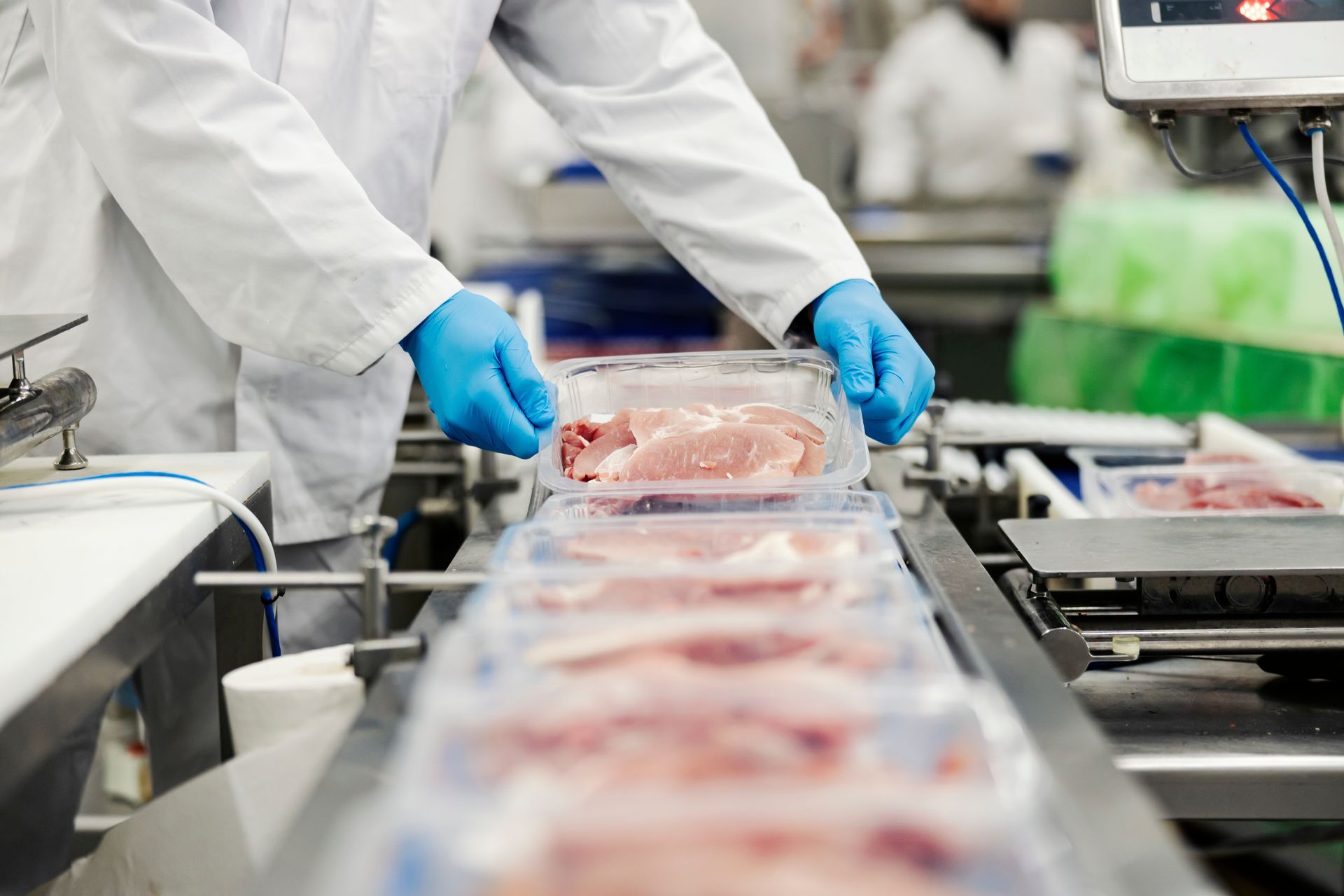

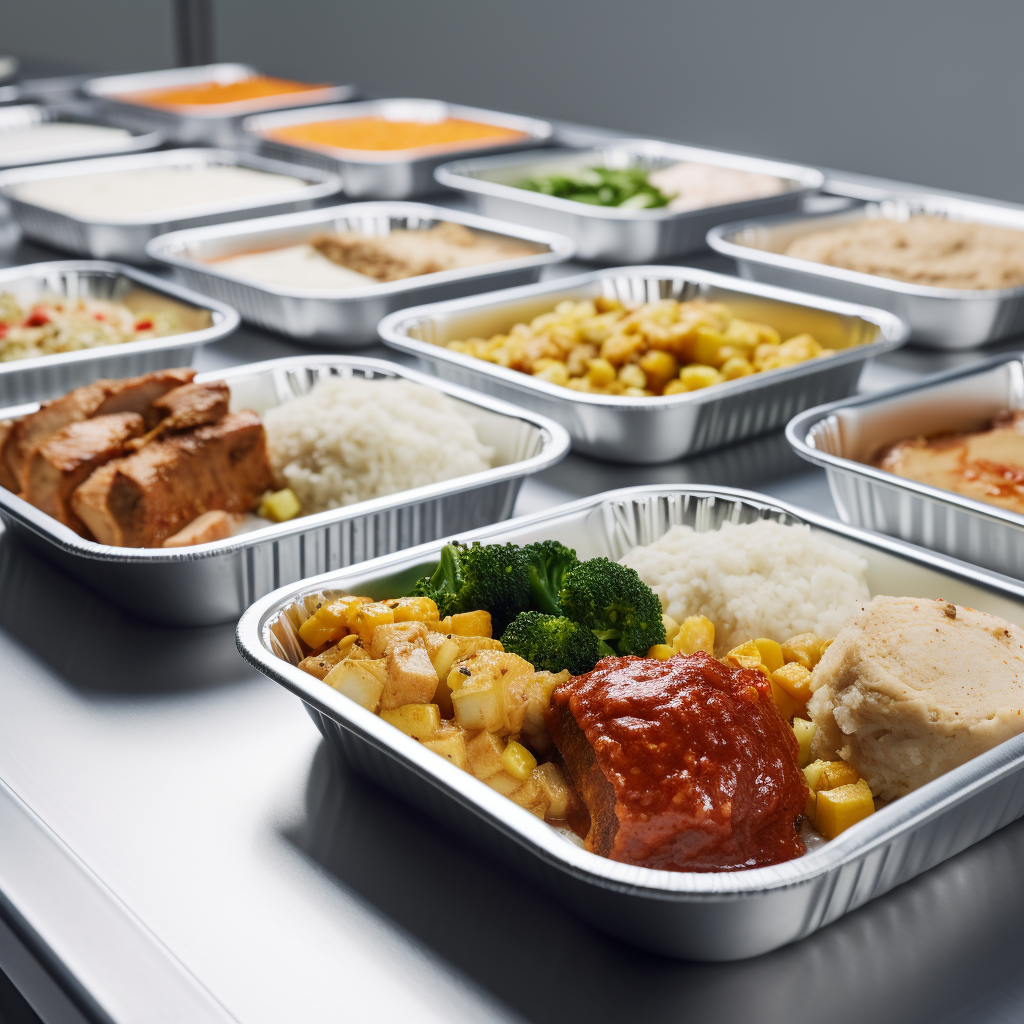
Stay in Touch
Product news, tips, subscribe to our newsletter:
Contact Us
We will get back to you as soon as possible.
Please try again later.




